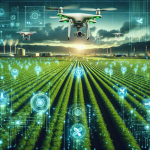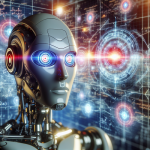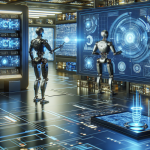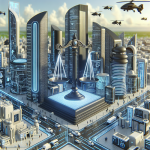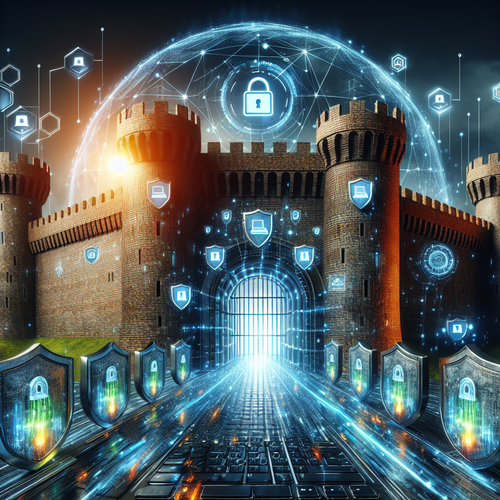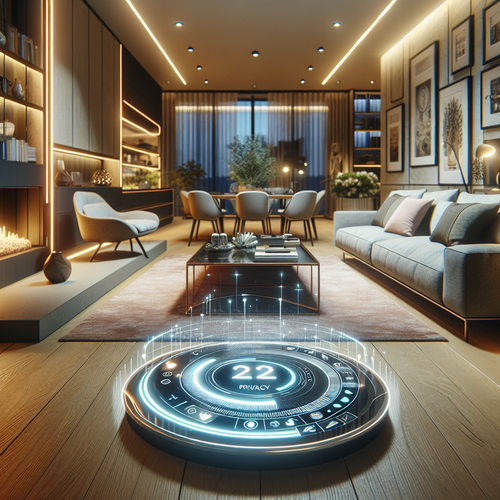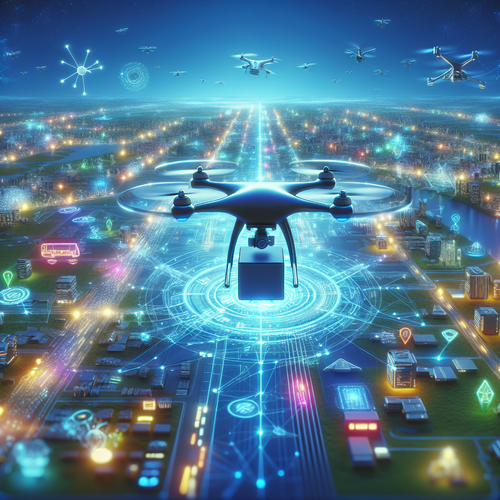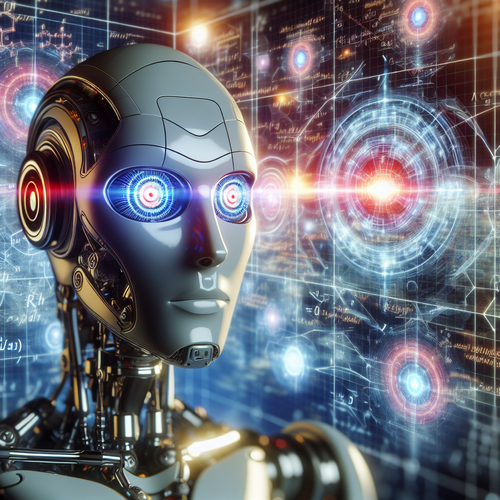
Transforming Robotics with AI-Based Vision Systems
Transforming Robotics with AI-Based Vision Systems
The convergence of artificial intelligence and robotics is taking a giant leap forward with the implementation of AI-based vision systems. These systems empower robots with vision comparable to human sight, fueling advanced applications and sophisticated functionality.
Understanding AI-Based Vision Systems
AI-based vision systems are a fusion of machine learning algorithms, computer vision techniques, and imaging sensor hardware. Together, they enable robots to perceive, interpret, and react to their environment with impressive accuracy. A popular choice for autonomous systems, these vision systems are pivotal for navigation and task execution.
Core Components of AI Vision Systems
- Image Sensors: High-definition cameras or other sensors capturing visual information.
- Processing Units: GPUs or dedicated AI hardware processing images and data in real-time.
- Machine Learning Algorithms: Sophisticated models that interpret visual data to identify objects, movements, and patterns.
- Software: Platforms that integrate hardware and algorithms, providing user customization and system updates.
Applications in Robotics
Robots equipped with AI-based vision systems have diverse applications in industries including healthcare, manufacturing, logistics, and more. Some notable applications include:
- Autonomous Navigation: AI systems enable robots to navigate complex environments, avoiding obstacles and dynamically planning routes.
- Quality Inspection: In manufacturing, robots visually inspect products for defects, ensuring high standards of quality control.
- Healthcare Assistance: AI-equipped robots assist in surgeries or patient monitoring, offering precision and reliability.
For instance, AI’s Role in Modern Robotics describes how AI enhancements are leading to groundbreaking outcomes in robotics industries.
Challenges and Opportunities
While AI-based vision systems are game-changing, they are not without challenges. Issues like sensor limitations, processing power demands, and data privacy need careful attention. However, advancements in technology continuously open new doors for innovation and refinement.
Troubleshooting Vision Systems
To harness the full potential of these systems, troubleshooting common issues is essential:
- Calibration Errors: Regularly update software and adjust sensors for accurate image capturing.
- Data Overload: Implement efficient data management practices to handle significant data volumes effectively.
- Algorithm Inefficiencies: Continuously refine algorithms to enhance interpretation accuracy. Consider consulting industry experts or using third-party services like the TensorFlow platform (Official site) to enhance machine learning workflows.
Future of AI Vision Systems in Robotics
As technologies evolve, AI vision systems will become more sophisticated, offering unparalleled performance and integration potential in robotics.
Summary Checklist
- Understand core components of AI vision systems.
- Explore applications for their implementation.
- Be aware of challenges and troubleshooting methods.
- Stay informed about ongoing technological advancements.

